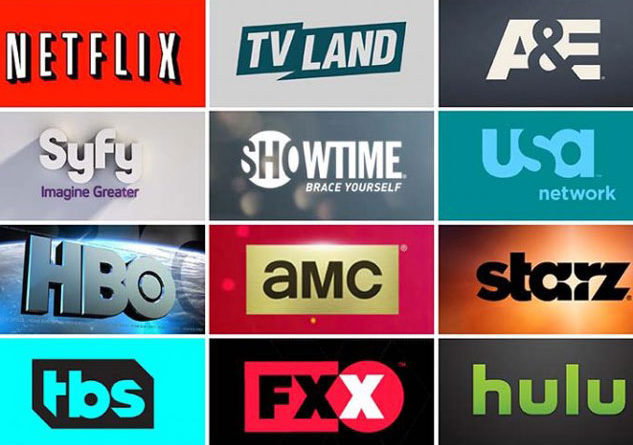Seth Shapiro
shellypalmer.com
Technology has always driven massive changes in the business of television. The movement from the Broadcast era to the Pay TV era was powered by the new technologies of cable and satellite. And the engine of the next major shift — from cable to OTT (over the top) — is powered by broadband video technology.
For the first ten years of the consumer web — circa 1994 to 2004 — internet video quality was laughable. Those of us who predicted that the Net would disrupt television were laughed at. How could a video the size of a postage stamp compete with ESPN? We queued up tiny videos to buffer on our desktops and waited, and waited for a 15-frame-per-second video that usually sputtered and died. As recently as 2006, video made up just 12% of internet traffic.
By 2010, video was the largest category of internet traffic. It now accounts for roughly 70% of internet traffic. Now, broadband video quality meets, and in many cases exceeds, “broadcast quality” as defined by traditional MVPDs (multichannel video programming distributors). According to a study by Cisco, video’s portion on American bandwidth will hit 90% by 2020.
This shift is the biggest change to television in a generation. A recent Nielsen study shows that Americans 18-34 years old spend roughly 30 hours a week on smartphones, tablets, and other digital devices, with video occupying the vast majority of that time.
What of the ever-better, ever-cheaper large-screen displays? For a generation that prefers mobile and laptop, that matters less and less. It’s long been reported that Netflix can take up almost half of US bandwidth at peak hours. Sandvine, for example, reports that Netflix accounts for over 35% of web traffic in North America, followed by YouTube at 17.5% and Amazon Video at 4.3%. On average, Netflix customers consume 125 million hours a day. And on a big day (such as January 8, 2017), single-day viewership hours have approached 250 million.
Sandvine’s study concluded that viewers consume over 800,000 minutes of internet video per second each day.
This increase in quality is powering a new generation of solutions. It has allowed Roku to garner 18% of US homes, Amazon’s Fire TV to grab 12%, Google’s Chromecast to get 8%, and Apple TV to grow to 5% (according to ComScore’s 2017 Cross-Platform Future in Focus study). And according to Nielsen, 56% of US homes now have an SVOD (subscription video on demand) subscription — more than have DVRs.
And OTT revenue is growing. In 2014, about 50% of viewers paid $9 or more for an SVOD service. According to TiVo, that’s grown to over 65%.
The rise of OTT has been powered by the intersection of several trends:
- The increased quality of broadband video
- The convenience of on-demand TV on mobile, tablet, and laptop
- The high-quality user experience offered by OTT providers like Netflix and Amazon
- An increasingly global audience hungry for the biggest and most accessible content libraries.
Netflix now has 50 million US customers (2x that of Comcast), and 93 million subscribers worldwide. Its $60 billion dollar market cap will allow it to spend $6 billion on original content and acquisitions this year — twice as much as HBO and five times more than Showtime — with a $1 billion marketing budget and $1 billion tech budget as well. Welcome to the new age of television.






